HOSTED BY: 1 AIR TRAVEL
Long regarded as Australia’s capital of culture — and even garnering the enviable rank of the world’s most livable city for seven consecutive years at one point, according to the Economist Intelligence Unit — Melbourne has had an unusual pandemic experience compared to other major cities across the globe.
Initially “COVID-free” thanks to Australia’s rapid border closures and tightly controlled hotel quarantine measures, the city then experienced unexpected case clusters of community transmission. This plunged Melbourne into a series of snap lockdowns, some of which lasted for many months, even as other cities in Australia went back to nearly normal.
Because of that continual cycle, Melbourne has more recently held the dubious title of being one of the most locked-down cities in the world.
But Melbourne also holds a special place in my heart.
I lived there for eight years before moving to the United Kingdom and I enjoyed it so much I bought a house there. I happened to visit in late January 2020 for my best friend’s wedding, just weeks before the pandemic commenced. Now, two years later, I’ve returned for the first time. I was keen to see how the city I know like the back of my hand has changed because of the pandemic.
Related: Vaccinations, declarations and testing: Everything you need to visit Australia now
While much of my visit was wonderfully familiar and reminded me why I made Melbourne my home for so many years, there were some subtle changes. Here are eight of the ways Melbourne changed the most during the pandemic.
For more TPG news delivered each morning to your inbox, sign up for our daily newsletter.
In This Post
The CBD is much quieter on weekdays
The global phenomenon of remote working is now commonplace, including in Melbourne. As a result, I observed far fewer office workers in the city’s central business district (CBD) each weekday.
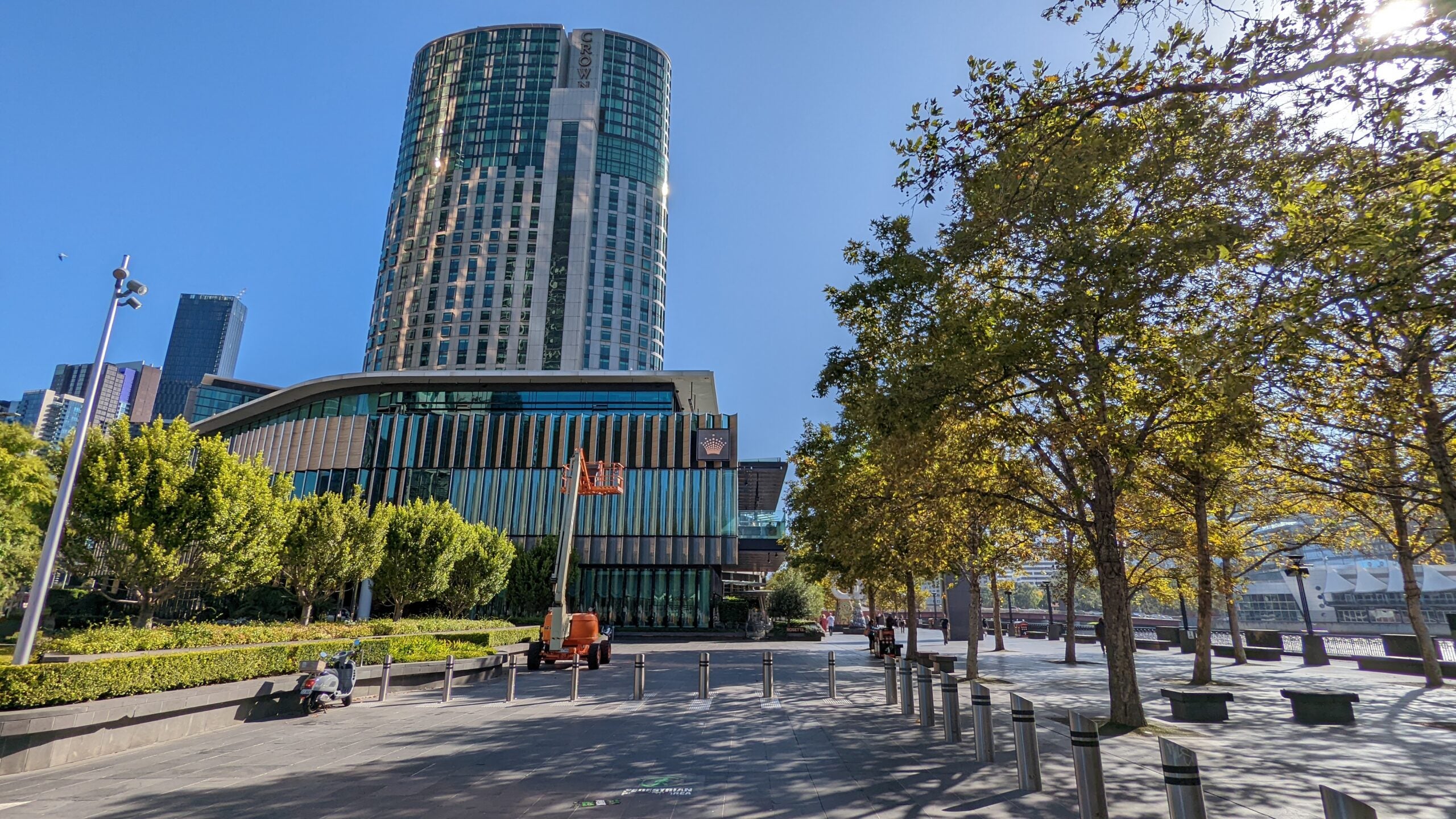
Melbourne, Australia. (Photo by Ben Smithson/The Points Guy)
While offices have reopened, hybrid arrangements are the norm and everyone I spoke to said they only went into the office one or two days per week, at most. Though my fellow Londoners might have actually enjoyed the chance to get out of their cramped apartments and return to an office environment, you get much more “bang for your buck” space-wise in Melbourne living quarters. So, people with great home office setups are enjoying the freedom of remote work.
When you combine this with the current lack of international tourists, you can expect to encounter far fewer people in the city each weekday if you visit anytime soon.
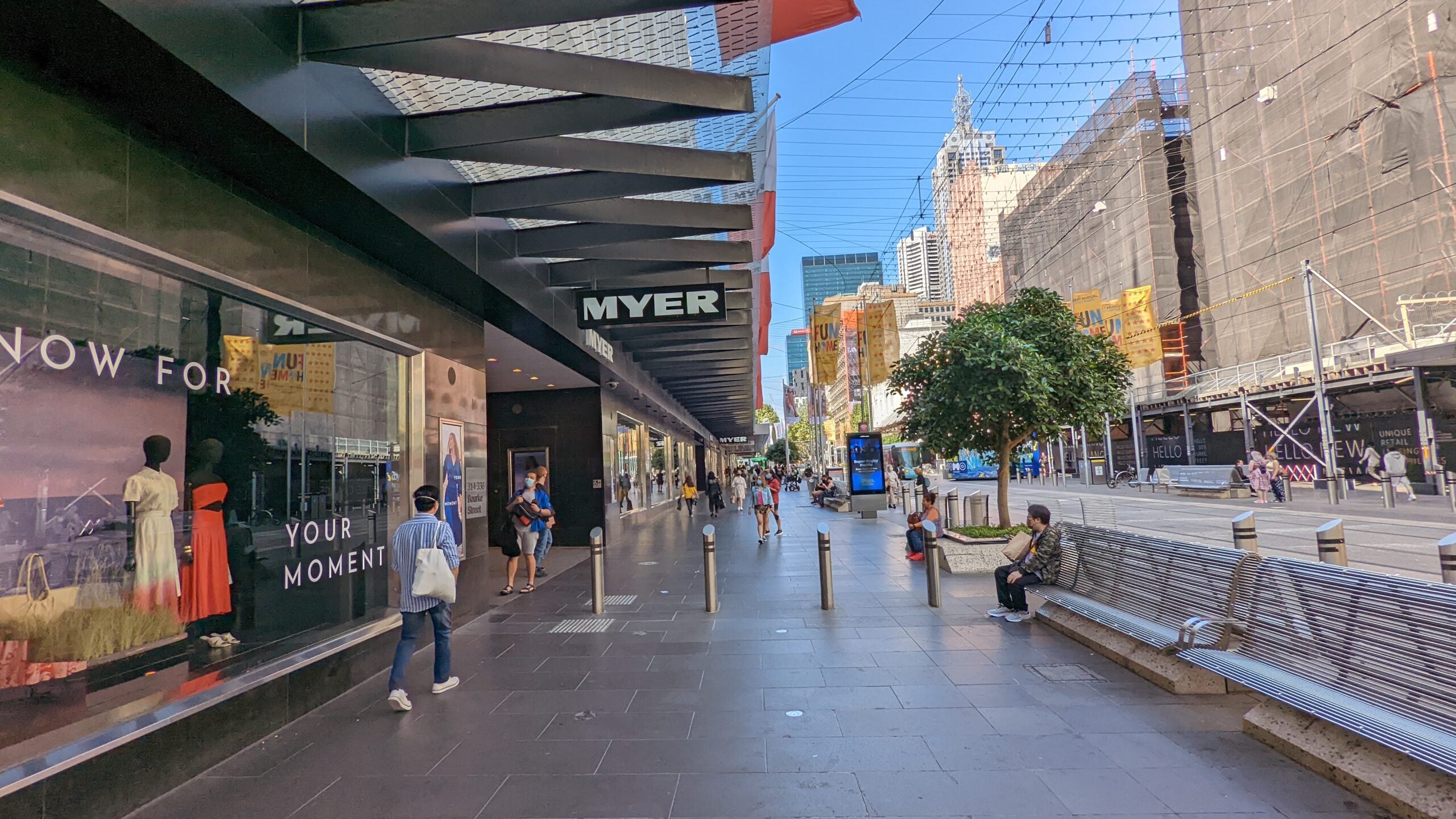
Melbourne, Australia. (Photo by Ben Smithson/The Points Guy)
To put this to the test, I headed to check out some CBD bars at 5 p.m. on a Friday. This would usually be a peak time for merrymaking in the area as office workers celebrated the end of the workweek, but most venues were not even close to full. Another usually busy strip, Bourke St Mall — one of the city’s main shopping areas — was practically deserted that Friday afternoon.
Related: Visiting Australia — is Sydney or Melbourne better?
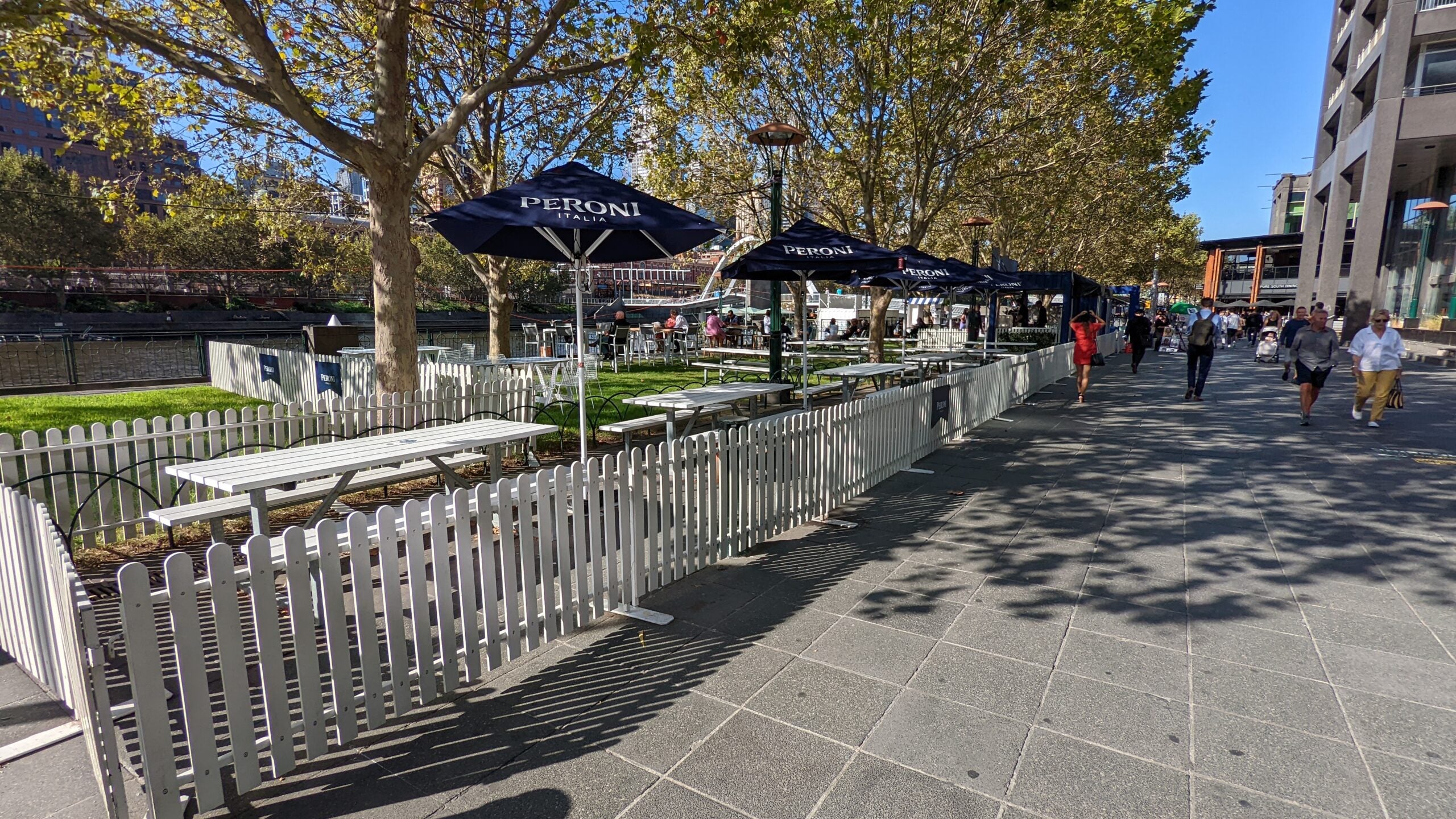
Melbourne, Australia. (Photo by Ben Smithson/The Points Guy)
I visited the Southbank Promenade several times during my visit, which is lined with bars and restaurants that are usually especially popular with tourists. On Friday evening, it was very quiet; weekends saw much better patronage.
Contact tracing and vaccination certificates are checked everywhere
Melbourne has now ceased contact tracing for COVID-19 cases, but there are still more than 5,000 new cases recorded every day. Because of that, during my visit, you still had to check into certain venues with the Service Victoria COVID-19 app. I found this was strictly enforced for any kind of indoor hospitality venue, including bars, cafes and restaurants. At every venue I visited, you couldn’t enter the venue until a staff member had visually checked you had used the app correctly.
I didn’t entirely get the point of this if there was no contact tracing, but check-ins with the app only took a few seconds, so it wasn’t a real bother.
In addition, staff members were very strict in verifying vaccination certificates. People who were vaccinated in Australia could easily access their certificate through the Service Victoria app. Because I had a U.K. National Health Service vaccination certificate, however, the process was more complicated. There was a frustrating method of registering an account, which then required downloading a separate MyGov authenticator app for verification (apps like Google Authenticator didn’t work — you have to download the Australian Government’s app) and it sure didn’t like my international phone number.
I ultimately gave up trying to load my vaccination certificate into the app and just showed a PDF on my phone each time I was asked to present my proof of vaccination, which worked fine.
What really surprised me was that QR codes to check in were absolutely everywhere in the city, well beyond just indoor hospitality locations. Outdoor train station platforms had signs everywhere encouraging people to check in at every opportunity.
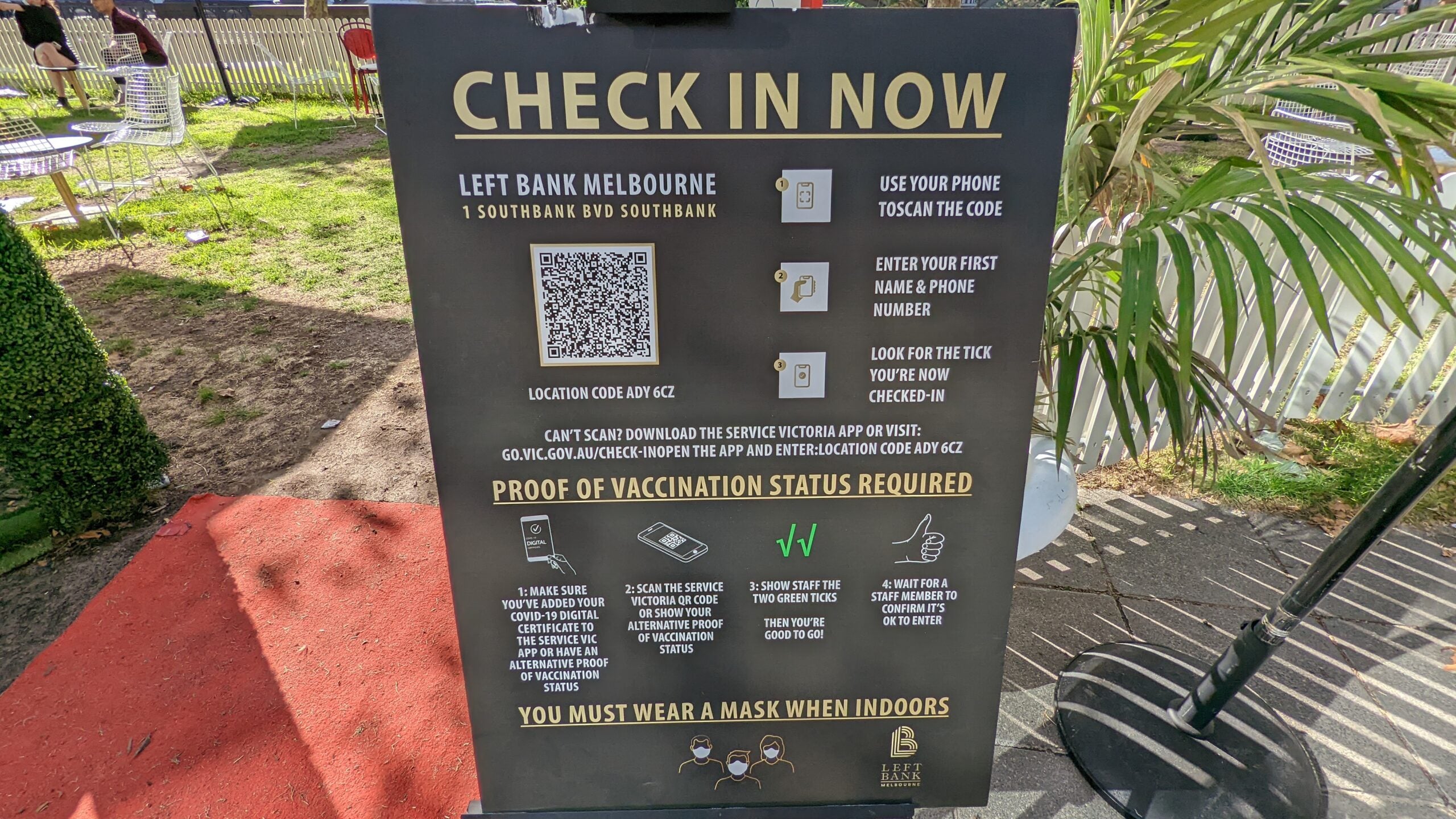
Melbourne, Australia. (Photo by Ben Smithson/The Points Guy)
I hope as Melbourne continues to “live with the virus” these check-ins are discontinued, as I don’t understand the point of constantly recording my location with the government if there’s no contact tracing.
TPG director of content Eric Rosen visited the city shortly after me, and said no restaurant, cafe or shop he visited required him to check in or show proof of vaccination, nor did his hotel.
Masks are commonplace, for now
While the Victorian government continues to relax mask mandates, mask-wearing on public transport and in indoor public spaces was uniformly observed from what I can tell, and you can expect to see masks worn everywhere across the city for at least the short term.
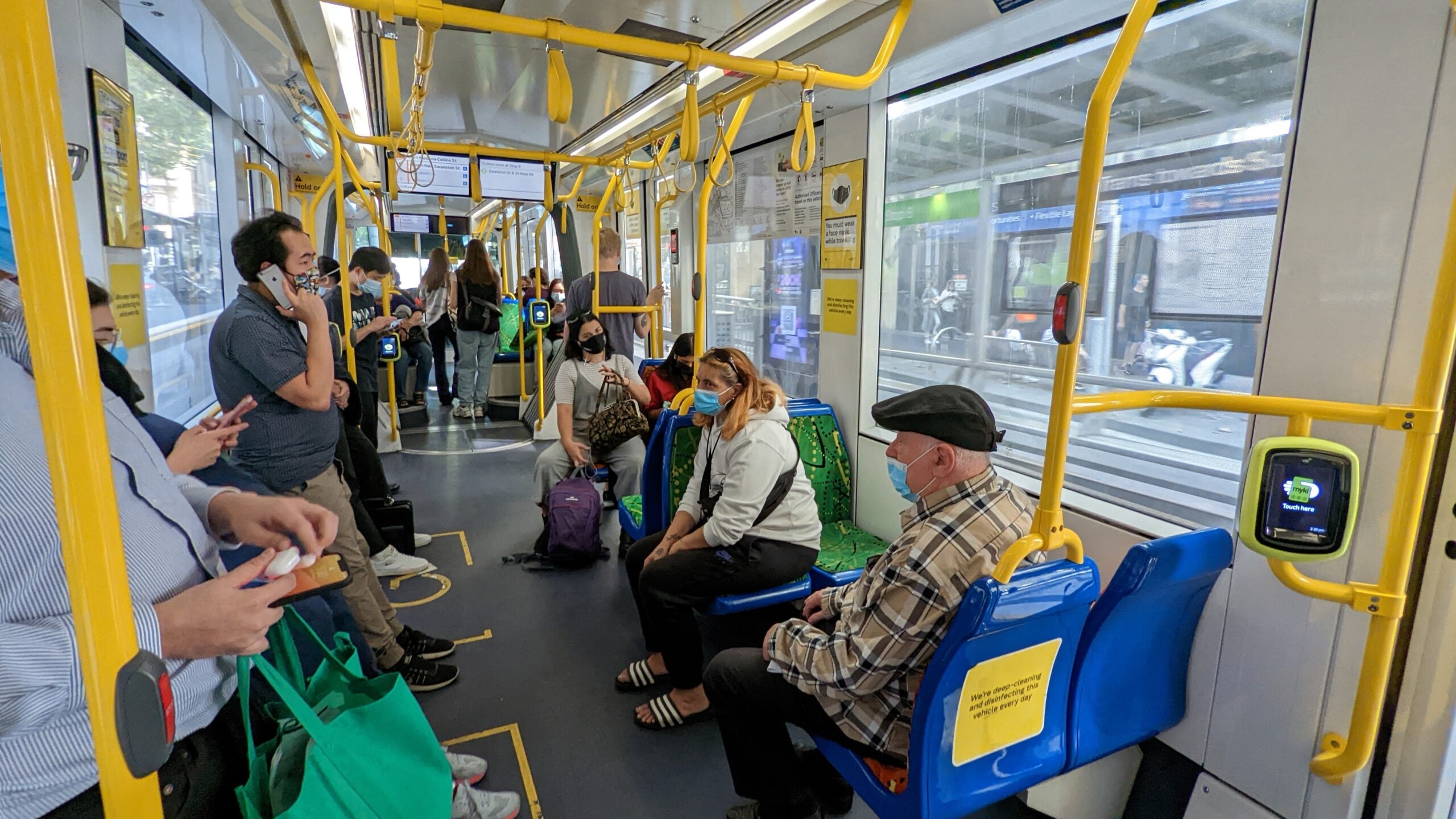
Melbourne, Australia. (Photo by Ben Smithson / The Points Guy.)
On domestic flights in Australia, the mask rules are amongst the strictest I have witnessed anywhere during the pandemic. On my Qantas flight from Brisbane to Melbourne, for example, passengers were forbidden from removing their masks until the entire row had been served and the crew had moved past to the next row.
My vaccination certificate was also matched against my photo identification before I was permitted entry to the Qantas lounge.
Related: Qantas will ban unvaccinated travelers when it resumes international flights
Many businesses have closed
Plenty of businesses in the city have shut down, many of which may never open again. The CBD’s hospitality sector appears to have been hit particularly hard during the extended lockdowns. Some businesses managed to survive by pivoting to take-out service, while others could not hold on and their premises remain dusty and locked up.

(Photo by Ben Smithson/The Points Guy)
This was particularly sad when I passed my old office building (which is also now vacant) and discovered the cafe where I used to buy my coffee each morning before work had closed indefinitely.
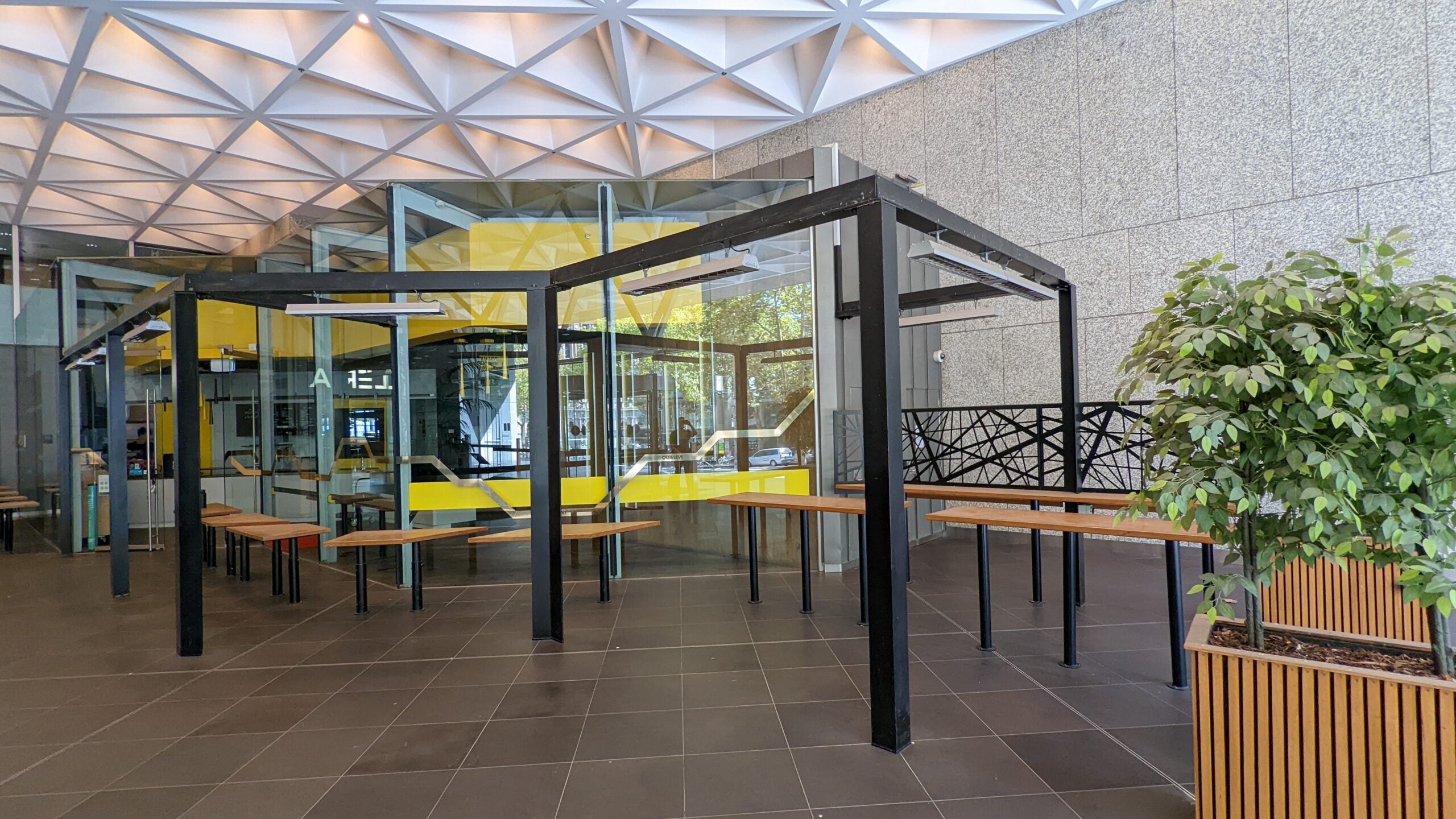
(Photo by Ben Smithson/The Points Guy)
It’s understandable that with fewer locals coming into the city each day and no foreign tourists, business has been bleak. But I hope some venues will reopen as tourists return.
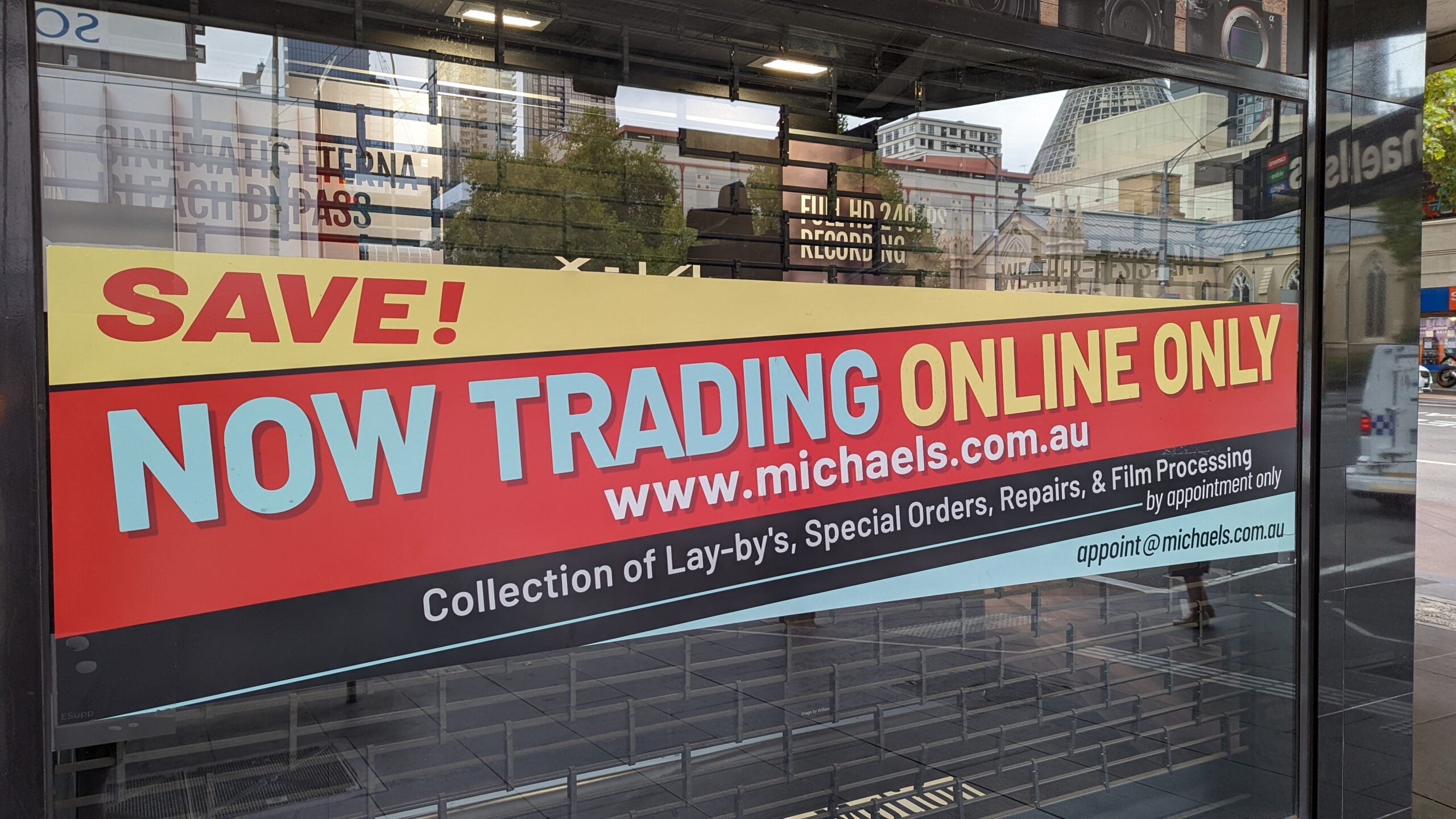
(Photo by Ben Smithson/The Points Guy/)
The suburbs are booming
With the CBD so quiet, where is everyone? As I moved out of central Melbourne I discovered suburban areas packed with locals enjoying their weekends.
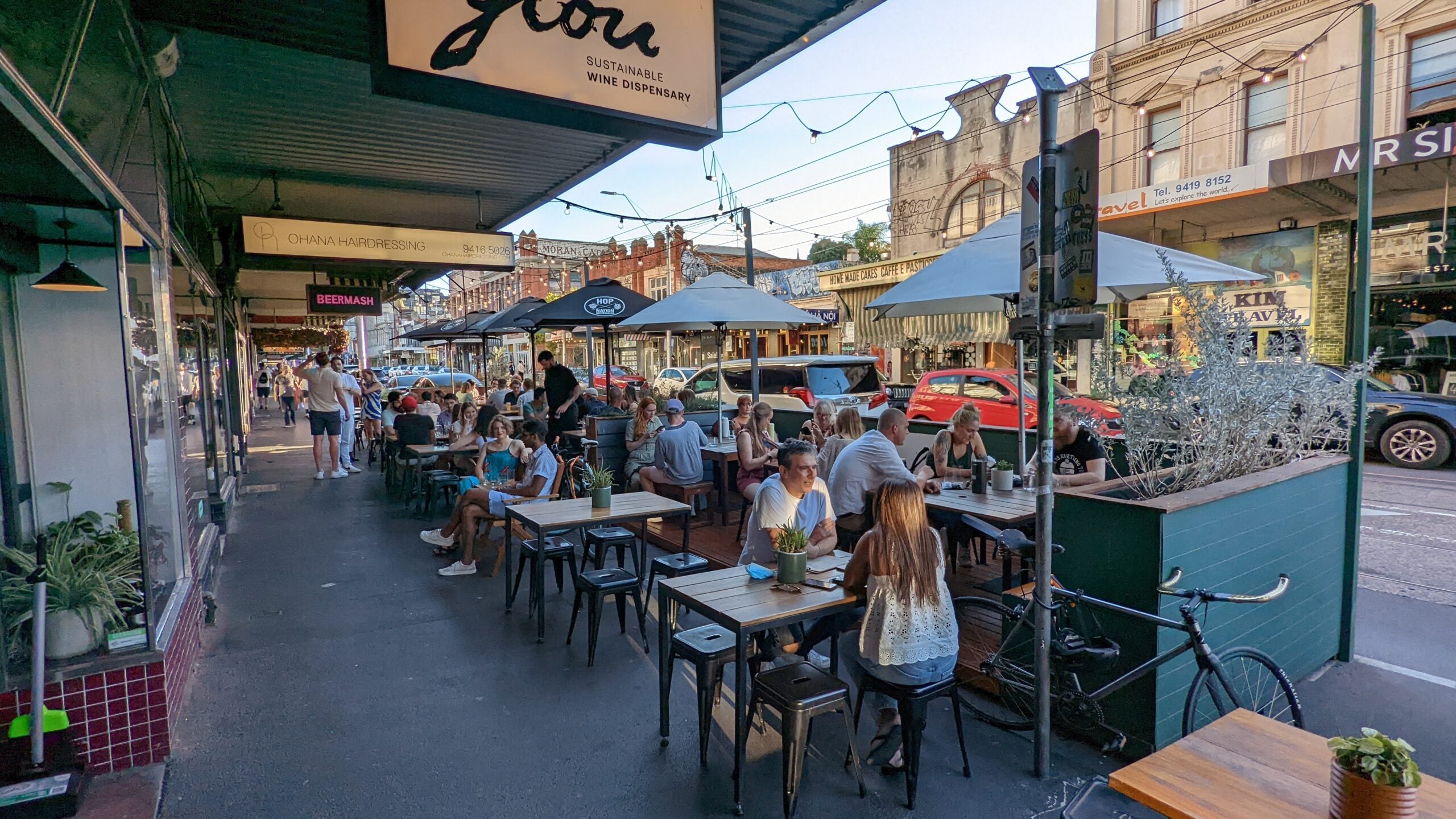
Collingwood, Melbourne. (Photo by Ben Smithson/The Points Guy)
For tourists, this could be a positive change, especially if you’re planning to spend most of your time in the city. I had absolutely no trouble securing tables at popular bars and restaurants in the city at short notice during what would traditionally be peak periods.
But in suburbs such as Collingwood and Brunswick, there was hardly a spare seat to be found.
Related: Second Cities: Destinations to add on to a trip to Melbourne, Australia
lfresco dining is replacing parkingAs I discovered when New York City reopened to foreign tourists last year, a great outcome of imposing outdoor-only dining rules to limit COVID-19 transmission has been the increase in alfresco infrastructure.
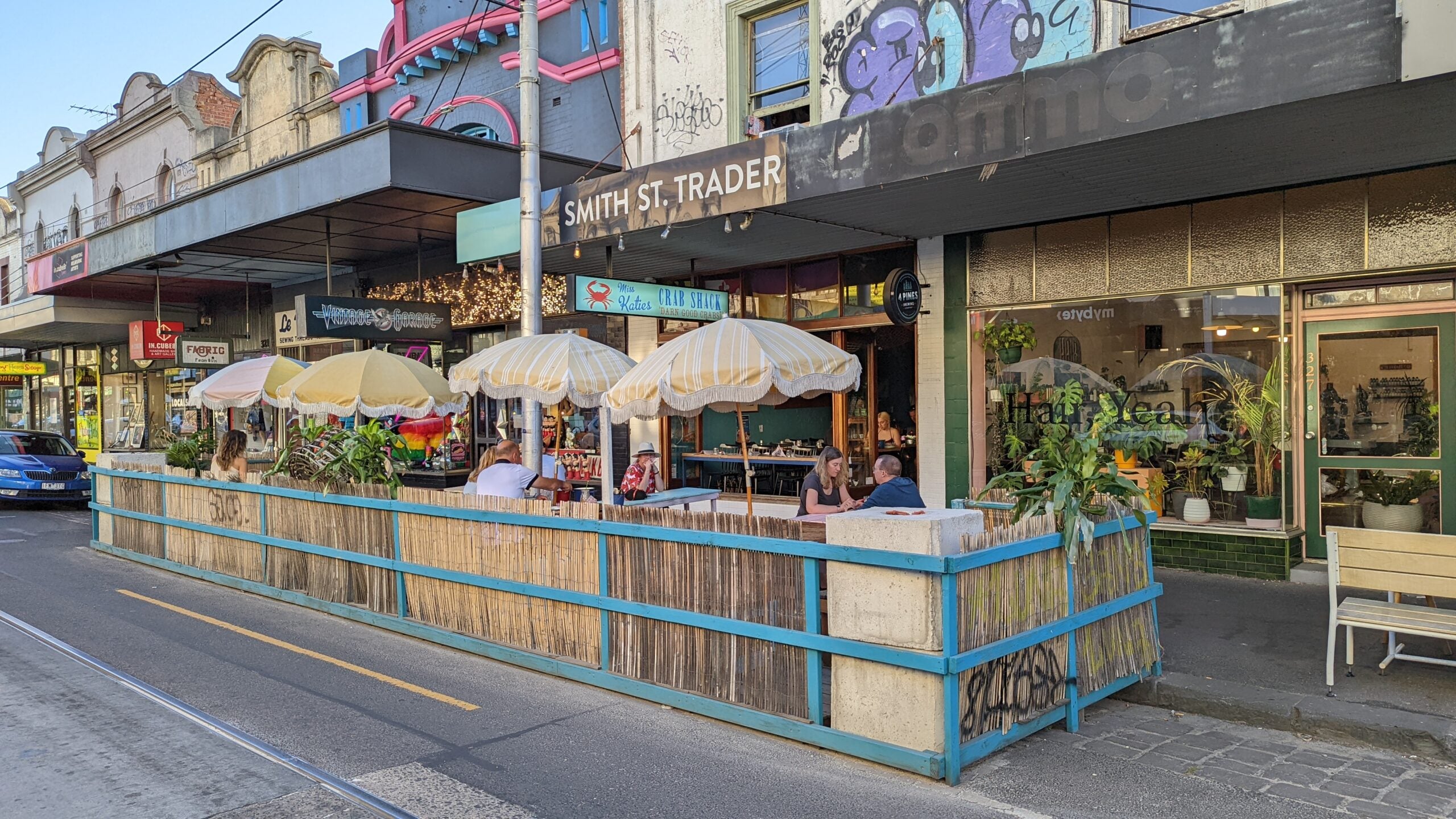
Melbourne, Australia. (Photo by Ben Smithson/The Points Guy)
I’m pleased to see this has remained long after the rules have relaxed.
While eating and drinking outdoors in Melbourne is hardly a new concept since the city’s summers are typically hot, this time, I noticed many street parking spaces have been surrendered to newly established outdoor dining areas, particularly in suburban areas. This allows bars, cafes, pubs and restaurants to offer more seating — a popular way to enjoy the glorious sunshine.
International artists haven’t returned
Melbourne hosts major events (particularly sporting events) throughout the year. The Australian Open grand slam tennis tournament takes over Melbourne Park each January, while one of the world’s most famous horse races, the Melbourne Cup, is the jewel in the Spring Racing Carnival every November.
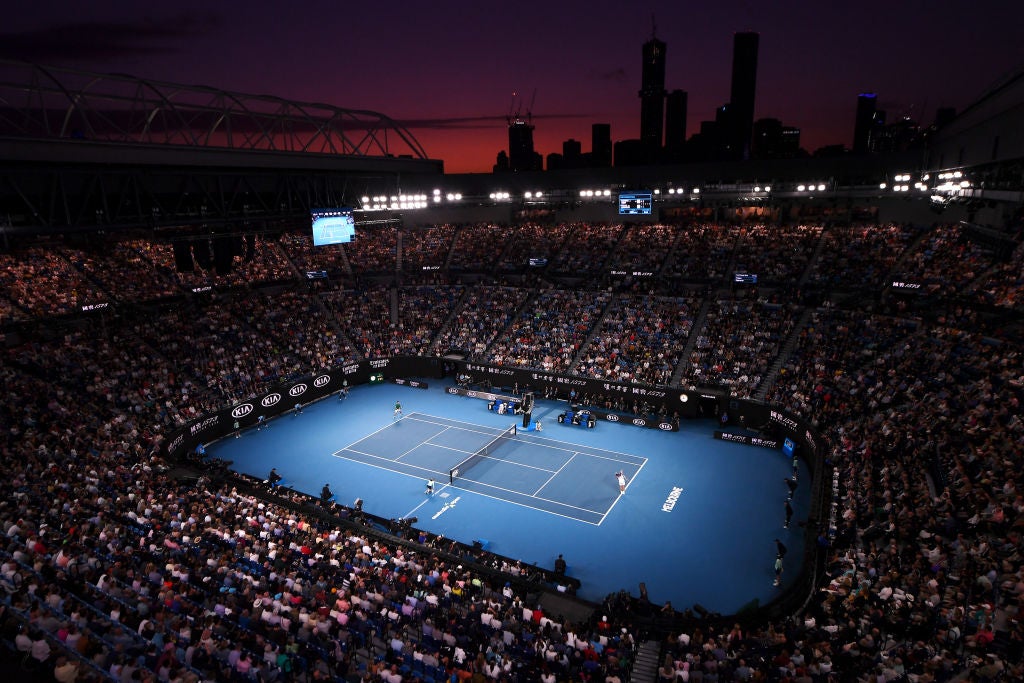
(Photo by Hannah Peters/Getty Images.)
Rod Laver Arena (center court at Melbourne Park), hosts some of the world’s biggest music acts the rest of the year. In 2013, for example, singer Pink performed there a record-breaking 18 times in a single tour.
While plenty of international music stars were scheduled to perform in Melbourne in 2020, these performances were mostly postponed or canceled altogether. The odd performer is advertising a show here or there in the next few months, but there was a noticeable lack of posters with headline acts.
I understand it was too risky to book such huge shows when there was so much uncertainty in Melbourne, especially in 2021, but hopefully, major artists will start to return as entry requirements stabilize.
Related: 8 common misconceptions about visiting Australia
Construction is everywhere
This is not a direct result of the pandemic, as these projects have been planned for years, but there are projects happening in the CBD and surrounding districts everywhere you look.
I’m used to high-rise office and apartment buildings springing up all over (Eureka, for instance, has lost now lost its title as Melbourne’s highest apartment building), and cranes operating dozens of floors up. But what struck me this time was the amount of disruption at the street level in the city.
Related: This new skyscraper doubles as a living garden — and it’ll be home to the Four Seasons Melbourne
Much of this is a result of the mammoth CBD Metro Tunnel Project, with new underground train stations being built and tracks being laid. The city has tried to cover up the construction whenever possible with massive sheds and cladding, but it is noticeable.
The polarizing Federation Square with its unusual design (this author has never been an admirer) hasn’t escaped the construction wave either. A new train station is being built, oddly, directly across the road from the iconic Flinders Street Station and is currently a giant, covered box.
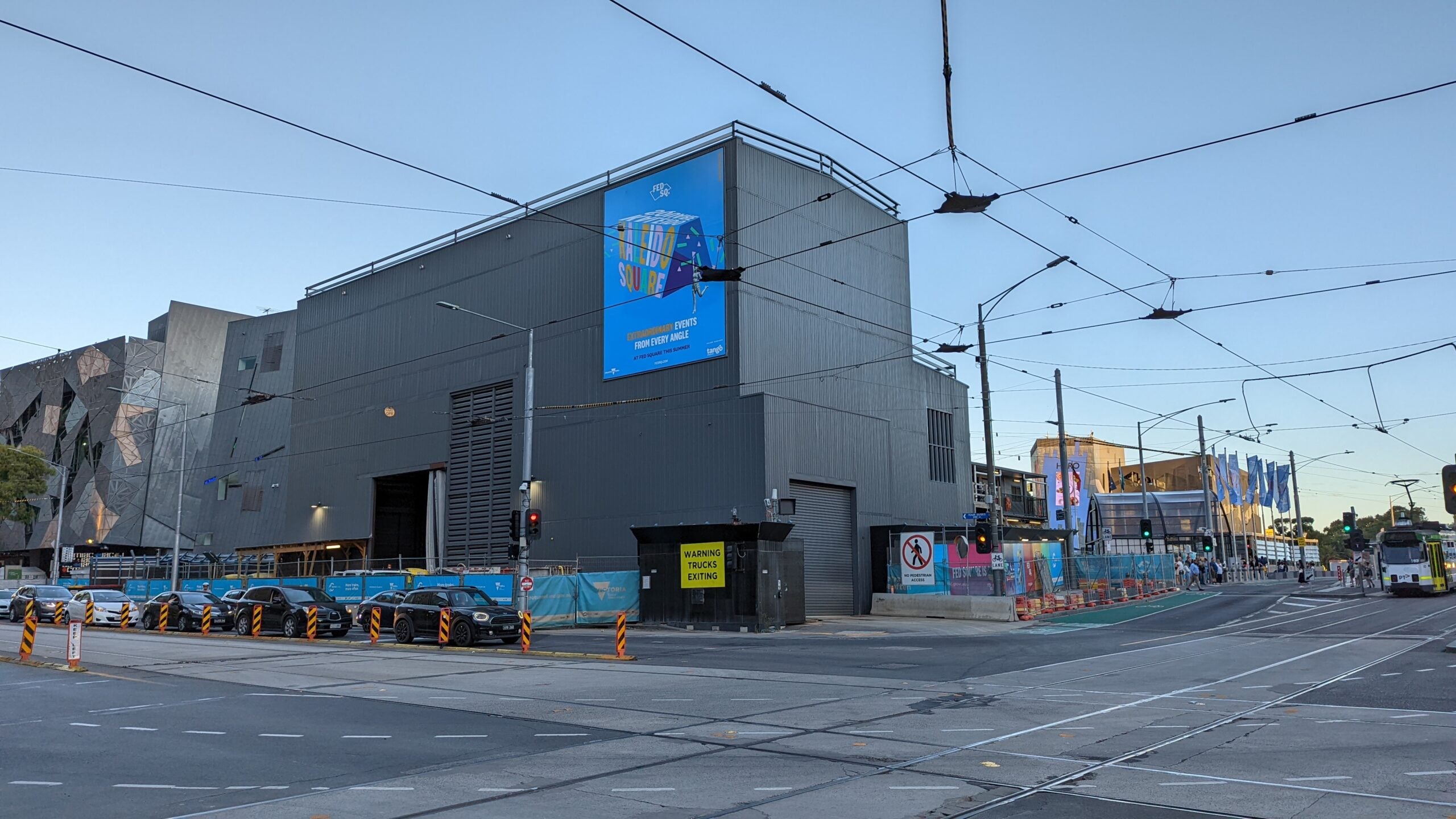
Melbourne, Australia. (Photo by Ben Smithson/The Points Guy.)
St. Kilda Road, a major thoroughfare, is also mostly a construction site right now, so avoid it if you can.
Bottom line
Melbourne is a fantastic city to visit. If you haven’t been, you may not notice some of the changes that have occurred in the last two years. To be honest, there were fewer of them than I had expected after the city’s checkered lockdown process.
I’m not sure the central business district will ever recover as the switch to hybrid or fully remote working shows no sign of losing its appeal, but, hopefully, other positive changes will stick around.
If you’re planning to travel to Melbourne, I would encourage you to get out into the suburbs while you are there as they are great places to be right now.
Featured image by Ben Smithson/The Points Guy.
Title: Still the world’s most livable city? 8 ways Melbourne changed during the pandemic
Sourced From: thepointsguy.com/news/melbourne-australia-pandemic-changes/
Published Date: Fri, 04 Mar 2022 17:00:22 +0000
No comments:
Post a Comment